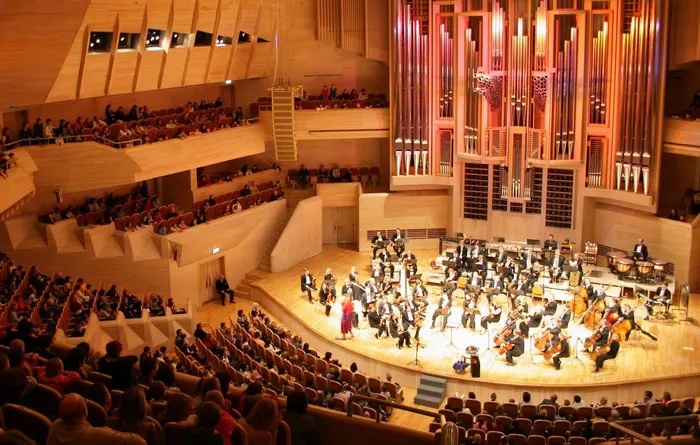Classical music, a rich and sophisticated art form, has captivated audiences for centuries. Its enduring appeal lies in the timeless beauty of its compositions and the profound emotions it evokes. In this article, we will delve into the definition of classical music, explore its historical roots, discuss its main characteristics, and examine its significance in today’s world.
1. Defining Classical Music
Classical music refers to a genre of music that originated in Western traditions during the medieval and Renaissance periods. While the term “classical” encompasses a broad range of styles, it primarily includes the works of renowned composers from the 18th and 19th centuries, such as Johann Sebastian Bach, Wolfgang Amadeus Mozart, Ludwig van Beethoven, and many others. These composers, through their genius and creativity, set the foundation for what we now recognize as classical music.
2. Historical Roots
The roots of classical music can be traced back to the sacred music of the medieval church and secular compositions of the Renaissance courts. During the Baroque period (1600-1750), musical forms like the fugue and concerto emerged, showcasing intricate melodies and skilled contrapuntal techniques. The Classical period (1750-1820) witnessed the development of symphonies, sonatas, and operas, characterized by a balanced and structured style. In the Romantic era (1815-1910), composers delved into expressing intense emotions and individualism through their music.
3. Characteristics of Classical Music
3.1 Melody and Harmony
Classical music is distinguished by its elegant melodies and harmonies. Composers carefully crafted memorable themes and motifs, skillfully intertwining them to create a cohesive and captivating piece. The balance between consonance and dissonance in harmonic progressions adds depth and emotional complexity to the music.
3.2 Instrumentation and Orchestration
The classical orchestra, comprising various instruments like strings, woodwinds, brass, and percussion, became a hallmark of this genre. Composers experimented with different instrumental combinations, expanding the possibilities of orchestration to create vibrant and multi-layered compositions.
3.3 Structure and Form
Classical compositions adhere to specific structures and forms, ensuring a sense of order and coherence. Sonata form, with its exposition, development, and recapitulation sections, became a staple for symphonies and sonatas. Minuets and scherzos provided lively dance-inspired movements, while fugues showcased the mastery of counterpoint.
3.4 Emphasis on Expression
Classical composers sought to convey emotions and stories through their music. From the sorrowful depths of Beethoven’s Symphony No. 5 to the exuberance of Mozart’s “Eine kleine Nachtmusik,” classical music spans a vast emotional spectrum, allowing listeners to connect with the compositions on a profound level.
4. The Significance of Classical Music Today
4.1 Preservation of Cultural Heritage
Classical music serves as a cultural treasure trove, preserving the history and traditions of past centuries. Orchestras and chamber ensembles around the world continue to perform timeless works, keeping the legacy of legendary composers alive for new generations to appreciate.
4.2 Education and Cognitive Development
The study and appreciation of classical music have been linked to enhanced cognitive development in individuals, particularly in the areas of language, memory, and spatial reasoning. Many parents introduce their children to classical music at a young age, believing it to be beneficial to their intellectual growth.
4.3 Inspirational Source for Other Genres
The influence of classical music can be observed across various contemporary genres, from film scores to pop and rock music. Composers and songwriters often draw inspiration from classical works, infusing their compositions with elements borrowed from this rich tradition.
4.4 Therapeutic and Relaxing Effects
Classical music has been employed as a therapeutic tool, promoting relaxation and reducing stress levels. Its calming melodies and harmonies have a soothing effect on the mind, making it an ideal choice for relaxation and meditation practices.
4.5 Live Performances and Concert Culture
The experience of attending a live classical music concert is unparalleled. The grandeur of the orchestra, the precision of the musicians, and the shared emotional journey of the audience create a unique and immersive experience, fostering a vibrant concert culture worldwide.
Conclusion
Classical music, with its roots in centuries past, continues to thrive in the modern world, captivating hearts and minds with its timeless beauty and emotional depth. Through the centuries, this genre has evolved and adapted, leaving an indelible mark on the cultural heritage of humanity. As we embrace the future, let us remember and cherish the precious gift of classical music, celebrating the legacy of remarkable composers and ensuring that their masterpieces resonate with generations to come.

